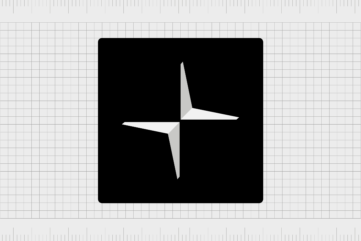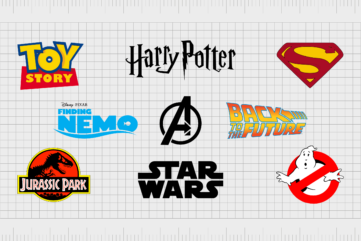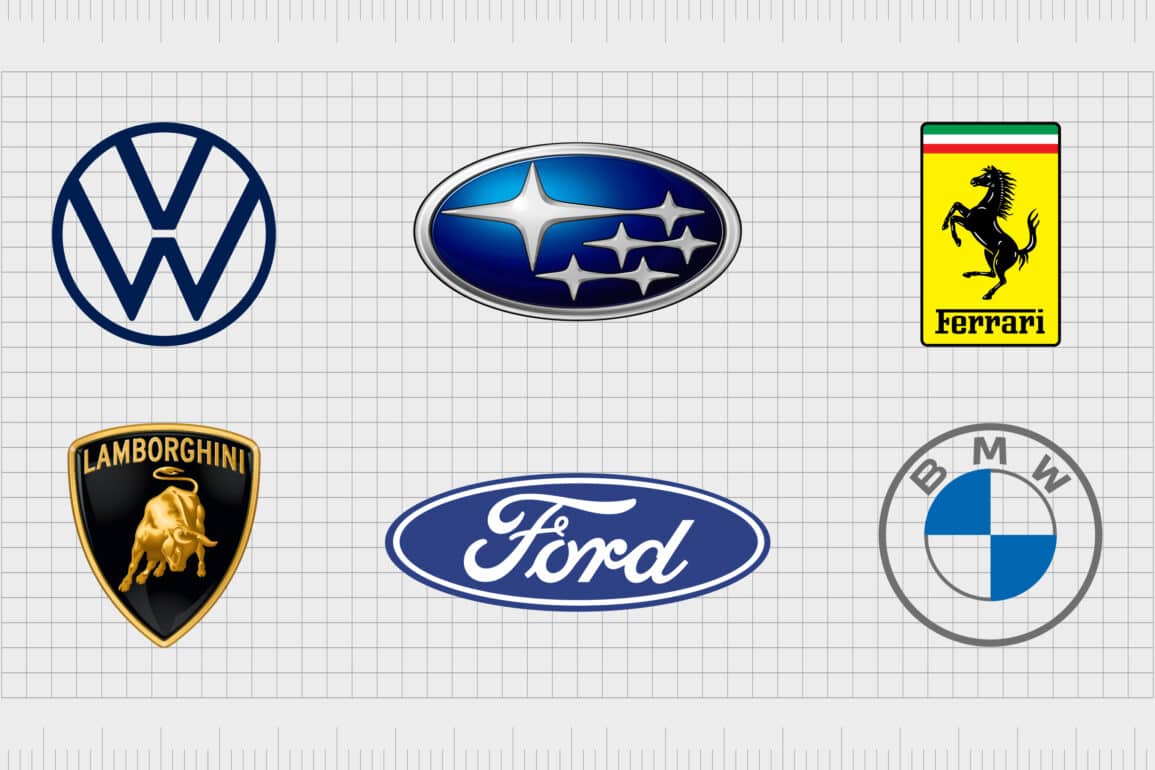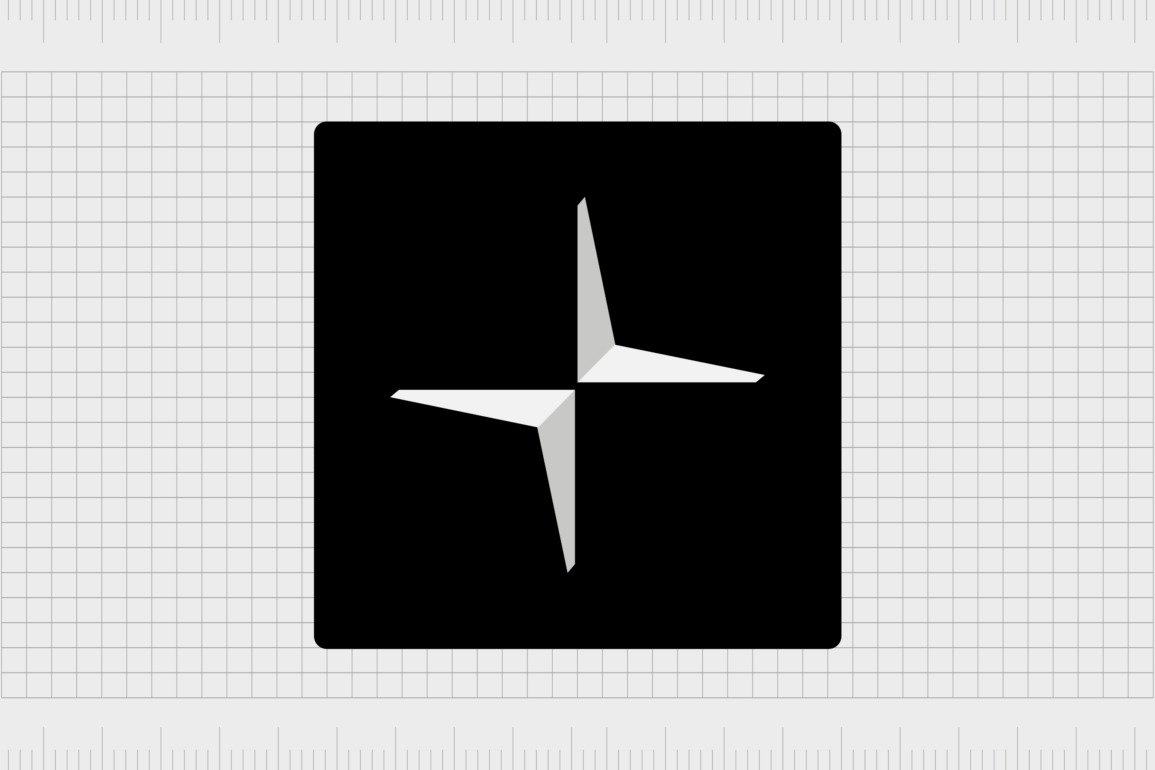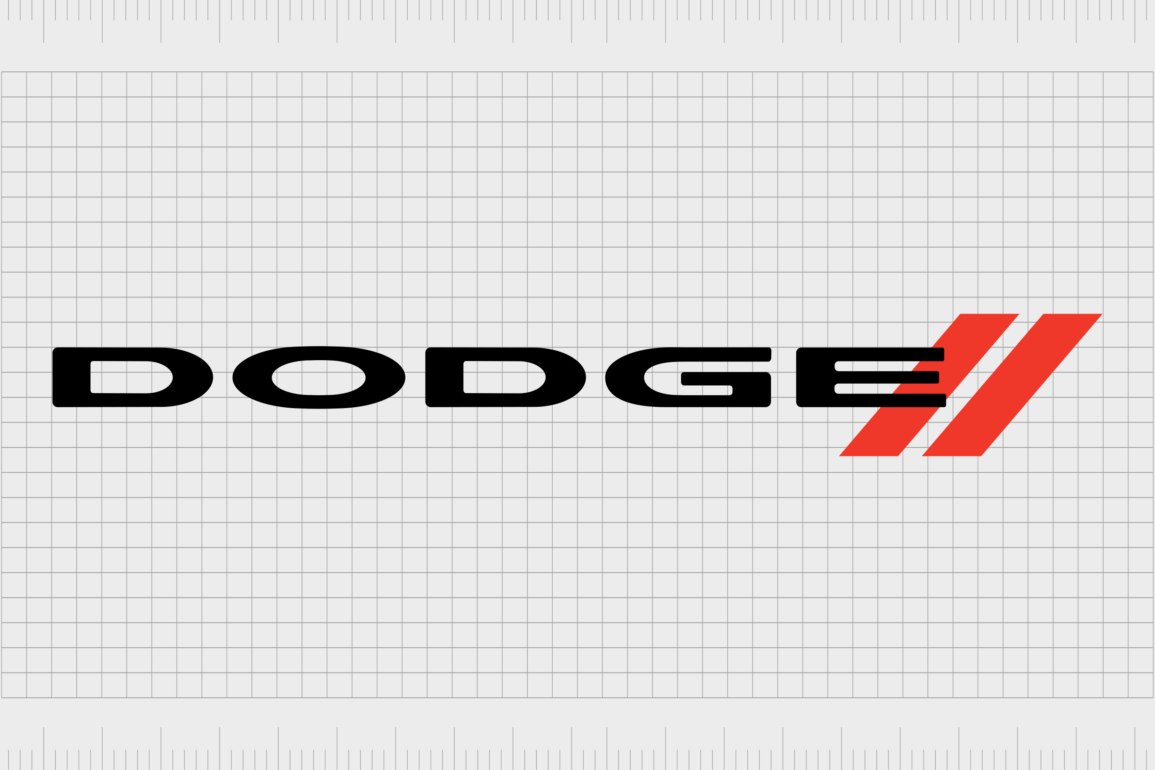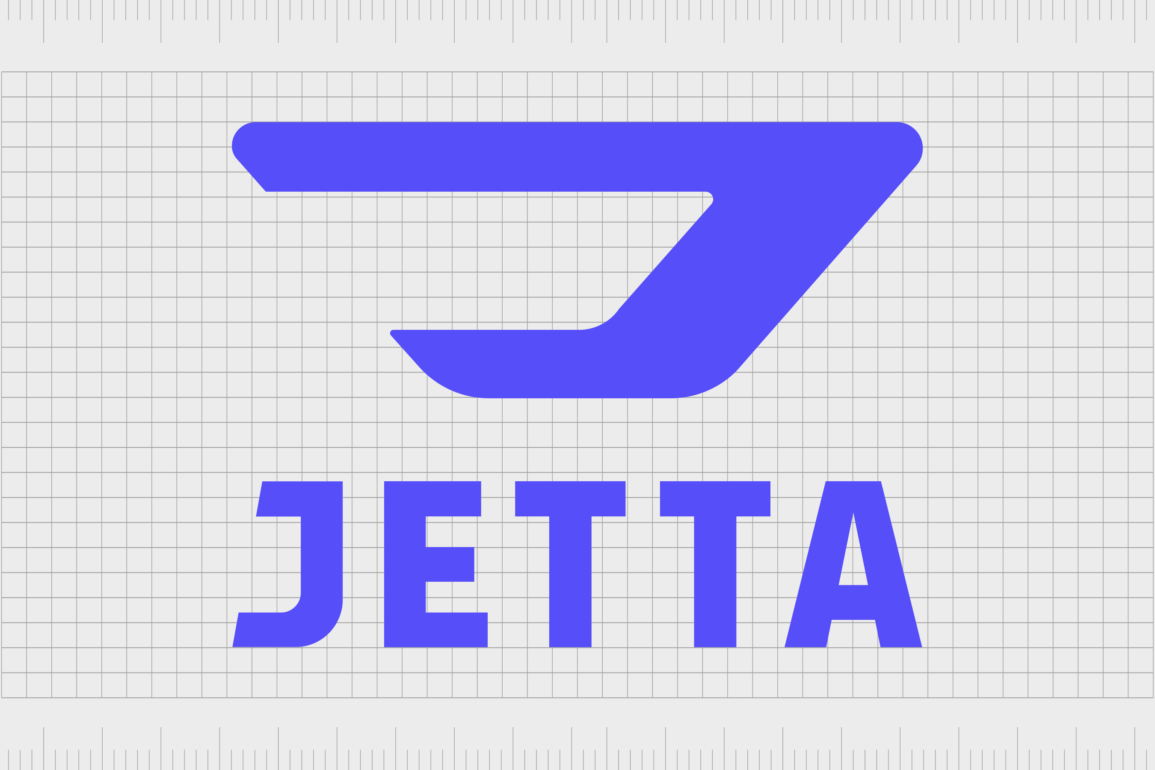The Capital One logo history, meaning and evolution

The Capital One logo may be one you’re familiar with if you’ve explored the financial or banking landscape before. Like many major finance companies, Capital One’s branding is intended to generate a feeling of trust and reliability among consumers looking for the right monetary support.
Since its initial launch, Capital One has only changed its logo a couple of times and relied on various subtle adaptations to maintain a consistent visual identity. Currently, many people can easily recognize the bold blue wordmark and confident red swooshing shape associated with the business.
Today, we’ll be offering a brief look into Capital One history and how the old Capital One logo evolved into the symbol we know today. We’ll also be looking at how the different visual components of the Capital one brand work together.
Capital One history: Introducing the Capital One brand
The Capital One bank logo and branding haven’t changed much since the company was originally introduced. Otherwise known as the Capital One Financial Corporation, this American organization was first introduced in 1994 in Richmond, Virginia.
It’s one of the largest banks in the United States and has a strong reputation for being on the cutting edge of technology innovation.
Capital One has more than 755 branches worldwide and was ranked number 9 on the 100 best companies to work for. Initially, the business was a corporate spin-out created by the Signet Financial Corp organization, which is now a part of Wells Fargo.
At first, the business was known as a “monoline bank,” which meant all of its revenue was attributed to one product: credit cards. Since then, the venture has branched out into new avenues, experimenting with a range of loans and banking products.
Capital One officially expanded into the retail banking sector in 2005 as the first monoline credit card company to purchase its own bank.
Today, Capital One offers a range of credit cards, consumer banking solutions like checking and saving accounts, and commercial banking opportunities for business leaders.
What does the Capital One logo mean?
The Capital One logo meaning is steeped in mystery and a little controversy. According to many creative professionals, the design conveys creativity and stability. The blue wordmark leverages one of the most trustworthy colors in the spectrum.
Alternatively, the red swoosh symbol looks similar to a checkmark or boomerang, intended to demonstrate growth and consistency.
Interestingly, according to some historians, the Capital One symbol may have been similar to that of a banking company. In 2006, a bank named the First National Bank of Marin struggled with a negative brand reputation.
The organization decided to rebrand into “Credit One” and take on a new logo with a swoosh-style symbol similar to that of Capital One.
Interestingly, Credit One was lesser known than Capital One, so even though it introduced its swoosh logo later, the former brand was sometimes thought to have stolen the logo.
Today, Credit One continues to use a similar logo, although it does not have any affiliation with Capital One. This has prompted some confusion among consumers.
Is there a Capital One slogan?
One key element of the Capital One brand you may be familiar with is the Capital One motto or slogan. Though this phrase doesn’t always appear alongside the brand image, it’s often associated with it.
Capital One introduced the slogan “What’s in your wallet” in 2000 and has continued using the same motto for multiple advertising campaigns.
Capital One logo history: The Capital One logo evolution
Since it emerged in 1988, Capital One has introduced only minor changes to its logo and brand identity. Before 2008, the Capital One logo primarily focused on a single wordmark in a simple custom font, highlighting the brand’s name.
Interestingly, Capital One has consistently used more than one typeface in its logo design, often presenting the word “Capital” in bolder typography than “One.”
1994

For over a decade, the old Capital One logo showcased the company’s name and nothing else. This Capital One symbol used a slightly italicized pair of fonts, one in a serif-style finish and the other in sans-serif.
The word “Capital” appeared in a deep blue shade often associated with the bank today, while the “One” was in a soft shade of grey.
2008

Capital One introduced a rebranded version of its logo in 2008, intended to differentiate the company from other banking brands. The symbol was very similar to the predecessor, though the grey wordmark was altered to match the different style of font, in deep blue.
This was the first year Capital One also introduced its swoosh symbol in a gradient style of red. The new logo featuring the boomerang image was widely criticized, not because of the presence of the Credit One brand but because the style needed to be updated.
2016

The second update to the Capital One logo came in 2016, when the business refined the design, removing the gradient from the red. The image appears flatter and more modern, while the colors are slightly bolder.
The Capital One branding elements, colors, and fonts
Today, the Capital One logo is a highly recognizable symbol in the financial world with a significant level of meaning. The red boomerang shape complements the blue wordmark perfectly, creating a highly modern and eye-catching design.
Though Capital One has never revealed a specific meaning for its logo shape, many associate it with concepts like speed, creativity, and innovation. The bright element also helps to set the business apart from a range of other banking institutions.
If you’re interested in the Capital One brand or want to see more of the image for yourself, you can find some valuable resources here:
What font is the Capital One logo?
Primarily, the main focus of the Capital One symbol is the wordmark, which has been a consistent part of the logo since the beginning of the brand’s identity. Interestingly, Capital One has always used a set of complementary fonts for its logo.
The word “Capital” is similar in style to the Frutiger Black Italic sans serif typeface. The design is bold and confident, intended to show strength.
Alternatively, the word “One” matches the traditional Minion Italic typeface with serif edges. This font is excellent for conveying sophistication and elegance. The Capital One logo font slopes slightly toward the right in both instances.
What are the Capital One logo colors?
As mentioned above, the Capital One logo color choices have only changed slightly over the years. Initially, the company used a combination of blue and grey before switching to a similar blue shade and a bright red shape.
Today’s emblem is usually presented on a white background, which helps to demonstrate the contrast between the hues.
The color codes for the Capital One logo include the following:
Maximum red:
Hex color: #D13028
RGB: 209 48 40
CMYK: 0 77 81 18
Indigo Dye:
Hex color: #004976
RGB: 0 73 118
CMYK: 100 38 0 54
Exploring the Capital One bank logo
The Capital One logo is a fantastic example of an engaging and memorable symbol for a financial institution. The use of the color blue helps to highlight the brand’s trustworthiness, particularly when paired with the two font types, intended to show both sophistication and elegance.
The new Capital One logo has mostly stayed the same over the years, but it offers an insight into the long-standing personality of the brand.
Fabrik: A branding agency for our times.


